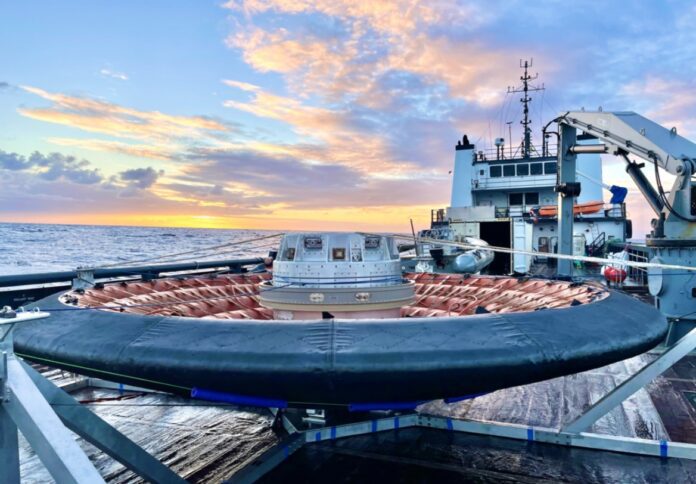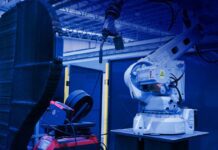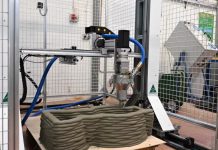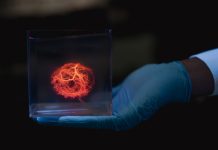
NASA has tapped 11 American companies, including additive manufacturing firms, to develop technology that could enable long-term exploration of the Moon and space.
The technologies vary from lunar surface power systems to in-space 3D printing equipment, which will improve industry capabilities for a long-term human presence on the Moon via Artemis and additional NASA, government, and private missions.
The initiatives will be sponsored jointly by NASA and the industry partners as part of the agency’s sixth Tipping Point opportunity with a total anticipated commitment to the collaborations of $150 million.
Each company will contribute a minimum percentage of the entire project cost – at least 10 per cent to 25 per cent, depending on company size.
NASA’s Space Technology Mission Directorate (STMD) will also issue milestone-based Space Act Agreements with a four-year duration.
“Partnering with the commercial space industry lets us at NASA harness the strength of American innovation and ingenuity,” said NASA Administrator Bill Nelson.
He added, “The technologies that NASA is investing in today have the potential to be the foundation of future exploration.”
In particular, the firms that received awards, their projects, and the approximation of NASA’s participation support infrastructure and capabilities in space and at the Moon.
Astrobiotic Technology, based in Pittsburgh, received $34.6 million to demonstrate tethered, scalable moon power technology. The system might be utilised to facilitate the distribution of electricity on the moon’s surface.
Big Metal Additive, based in Denver, has received a $5.4 million grant to assist develop and enhance space habitat structures.
For in-situ resource utilisation-based power on the moon, Blue Origin of Washington was given $34.7 million. Existing substances on the moon could be used to help manufacture solar panels and other power sources.
Freedom Photonics of California was awarded $1.6 million for a highly efficient watt-class direct diode lidar for remote sensing equipment. The method could aid in the detection of methane in the Earth’s atmosphere.
Redwire, based in Florida, was granted $12.9 million for infrastructure production using lunar regolith. The technology could be utilised to turn lunar regolith into structural components.
Protoinnovations, based in Pennsylvania, was given $6.2 million for software architecture for long-term, safe, efficient, and effective lunar surface mobility operations.
On the other hand, Lockheed Martin of Colorado was given $9.1 million for participating in space demonstrations.
Psionic, situated in Virginia, has been granted $3.2 million for its no-light lunar landing technique, which decreases danger, size, weight, power, and cost.
United Launch Alliance, based in Colorado, was given $25 million for a Vulcan engine reuse-size hypersonic inflatable aerodynamic decelerator technology demonstration. The method might be used to bring spacecraft components back to Earth for reuse.
Verda Space Industries of California was granted $1.9 million for conformal phenolic-impregnated carbon ablator technology transfer and commercial manufacture.
Zeno Power Systems of Washington was given $15 million for a universal americium 241 radioisotope power supply for Artemis.
NASA’s Space Technology Directorate will make additional funds available based on project milestones over the next four years.




















